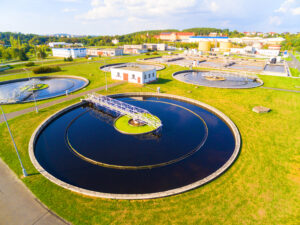
Access to clean water is a fundamental human right, yet millions of people around the world still lack this essential resource. The disparity in water access is particularly pronounced in developing regions, where infrastructure is often inadequate, and natural water sources are frequently contaminated. Safe water networks play a crucial role in addressing these challenges by providing sustainable and reliable solutions to water scarcity and contamination issues.
Safe water networks encompass a variety of systems and technologies designed to ensure that every drop of water is safe for consumption. These networks often integrate advanced purification methods, such as reverse osmosis, ultraviolet (UV) treatment, and biosand filters, to remove harmful pathogens and pollutants from water sources. In addition, safe water networks frequently employ solar-powered pumps and gravity-fed systems to deliver clean water to remote and underserved communities, reducing the dependency on unreliable electricity supplies.
One of the key components of successful safe water networks is community engagement and participation. By involving local residents in the design, implementation, and maintenance of water systems, these networks foster a sense of ownership and responsibility within the community. Training programs are often provided to educate community members on water testing, purification techniques, and infrastructure maintenance, ensuring the sustainability of the network. This approach not only empowers individuals but also promotes long-term resilience and self-sufficiency.
